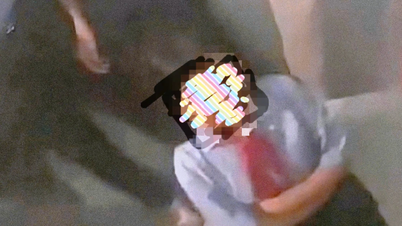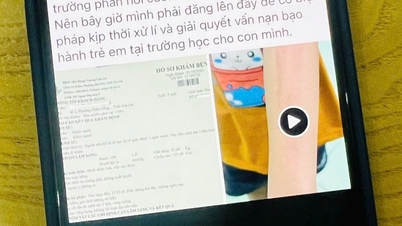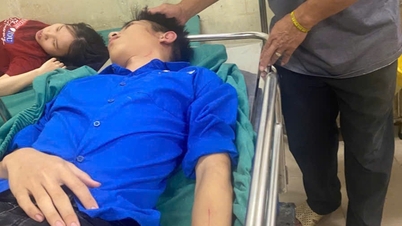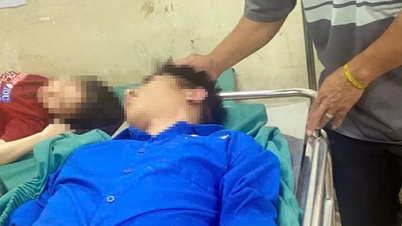In response to escalating school violence, PBS reported in May that several US states were considering reinstating “zero tolerance” policies, i.e., suspensions and expulsions. Some teachers’ unions support the drastic measures. Others believe that suspensions and expulsions should only be used as a last resort for extremely serious offenses, such as violent acts that threaten the lives of students.
However, according to a survey by the RAND Corporation (2021), only 12% of 1,080 public school principals across the US believe that suspension and expulsion help students reflect or learn from misbehavior.

Countries around the world apply various positive disciplinary measures.
Although schools around the world apply many different positive disciplinary measures, there are some common points in the implementation. Thanh Nien Newspaper summarizes some positive disciplinary measures:
- Community service activities: The school coordinates with parents and local authorities to let students participate in community activities.
- Additional assignments: Students are assigned to write self-assessment essays related to topics such as controlling emotions and behavior. Students are encouraged to write about their feelings and thoughts, not forced to write self-criticism.
- Peer Counseling: Some students are trained to become peer counselors and mediators to support students who violate school rules.
- Emotional management training: Schools organize individual psychological counseling hours (peer or teacher counselors) for students/groups of students who violate the rules.
- Behavioral commitment form: Students sign a behavioral contract with teachers, which lists the desired behaviors, such as no insulting or threatening language toward friends. Students and teachers agree on disciplinary action.
- Plan for self-improvement: Teachers guide students to create a plan to change their behavior after violations, clearly stating the necessary activities to help students develop themselves such as reading more books, participating in peer counseling, support from psychological counselors, etc.
Source link







![[Photo] Closing of the 13th Conference of the 13th Party Central Committee](https://vphoto.vietnam.vn/thumb/1200x675/vietnam/resource/IMAGE/2025/10/08/1759893763535_ndo_br_a3-bnd-2504-jpg.webp)



























































































Comment (0)